Women who are stared at in street shooting have nowhere to escape.
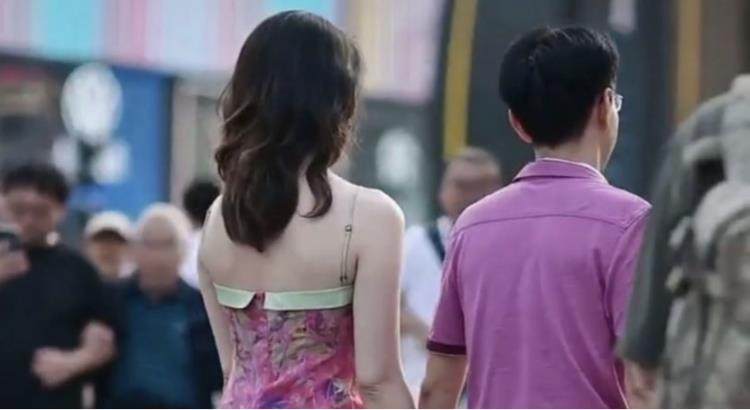
Author | Liu Chezai Editor | Yan Fei
Summer has come, and photographers holding cameras in the street are waiting for this cool season. On the streets of Taikooli, Chengdu, there are often fashionable hipsters in strange clothes, but more people just come for "beauty".
Here, the lens of street photographer Xiaomi captures a woman wearing a pink floral sling and a middle-aged man also wearing pink. Their light pace, such as the spring breeze, the swaying charm of the girl and the obvious age difference between the two make the photographer feel very excited.
But no one expected that this video of lovers’ elegant demeanor made the whole people witness an extramarital affair led by a global project management company. Subsequently, the girl’s personal social account was revealed, and people talked about the details of her private life and made great comments on it. And the sales of the pink floral dress with suspenders on her body soared with the heat until it was sold out.
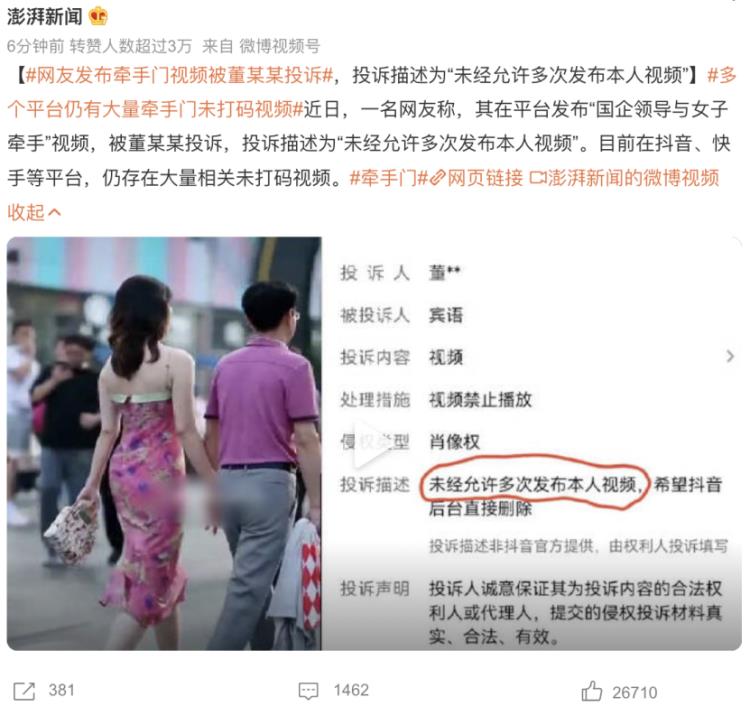
(Photo/Weibo)
When interviewed by the media, the photographer Xiaomi has deleted the video. He explained: "At that time, when shooting in the street, the two did not refuse. Many photographers were shooting, and they were chasing after each other in the front." But the reality is that most people who are photographed don’t know how to explicitly refuse to shoot in public. In addition, they will not know where these photos and videos will eventually flow and how they will be used.
Aside from the discipline of this matter and the moral controversy of extramarital affairs, the invasion of privacy and the "sexual gaze" revealed in street shooting since its appearance are deeply disturbing.
Abused "street shooting"
"Street shooting" is an exotic product. "Street snap" means capturing the moment on the street. At the beginning of the 20th century, it first appeared in European and American fashion circles. Photographers found that the instantaneous state of models outside the show was more personalized than that on the show.
In that era of strong personal consciousness and the rise of popular culture, photographers took to the streets to capture popular fashion through street shooting. In 1970s, William John Cunningham, the originator of street photography, was famous for his candid camera and street photography. He is a milliner himself, and after a series of street shooting works, he became a fashion photographer in The New York Times.
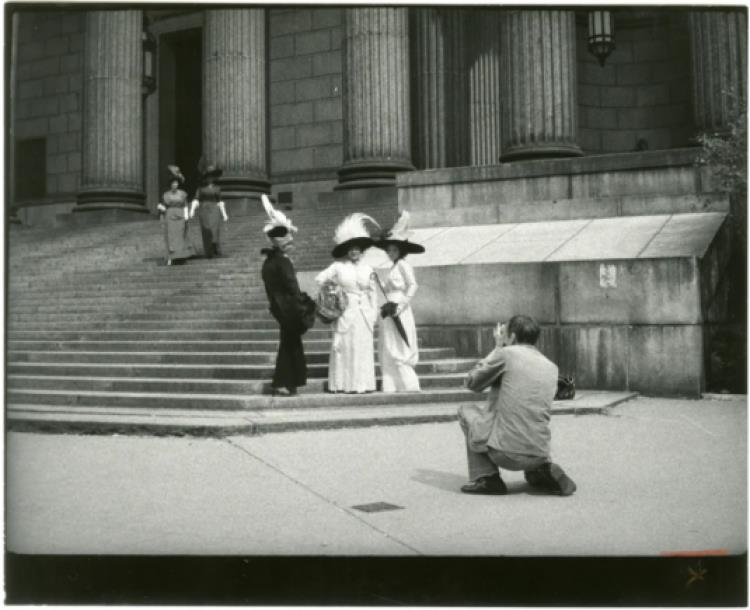
Bill Cunningham who is shooting in the street. (Photo/new york Museum of History)
Subsequently, many professional photographers turned their subjects from celebrities to street people. They were fascinated by the urban street environment and the mental state of people in it, and took many unforgettable street photographs so far.
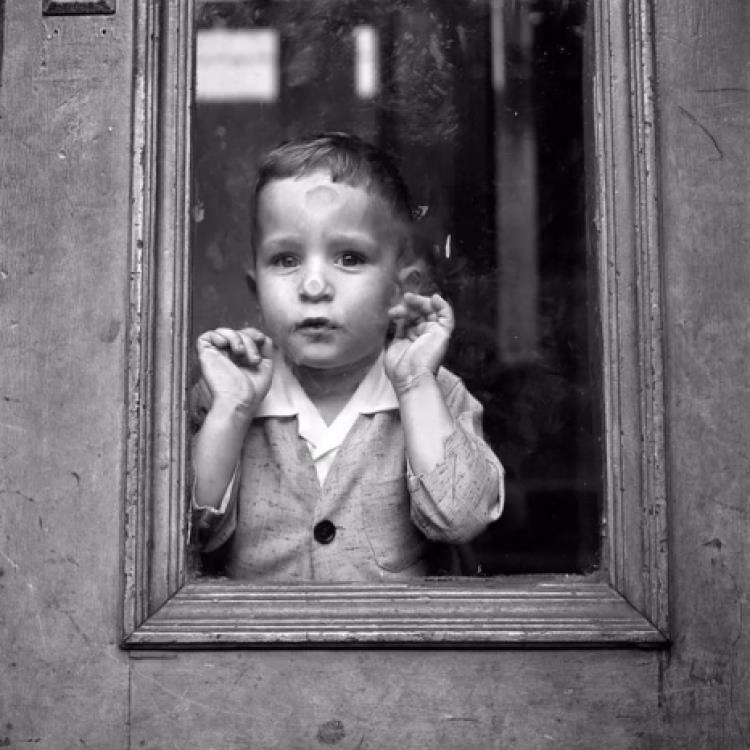
Photo taken by legendary street photographer vivian maier. (Photo/"Looking for vivian maier")
In about 2007, Zhong Hao, the "street shooter", found inspiration from foreign fashion street shooters and began to take pictures of people he thought were dressed in fashion in downtown Hangzhou. Until 2010, with the rise of fast fashion in China, people began to pay attention to wearing, and street photography, as a fashion photography, gradually became popular in China.
With the rise of social media, around 2018, a large number of street auctions have emerged in China. For example, Sanlitun in Beijing, Yintai in Hangzhou, Taikooli in Chengdu, Tianjie in Chongqing and Anfu Road in Shanghai are all business districts where hipsters gather.
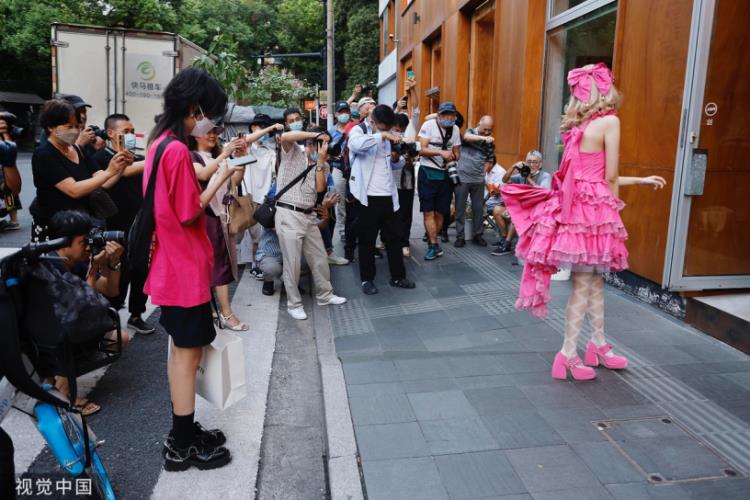
Anfu road street shooting is a grand occasion. (Photo/vision china)
At first, street shooting focused on capturing people’s clothes. But soon, in the battle for attention of social media, beauty became a natural traffic password. More and more street shooting bloggers began to target women groups, paying more attention to the beauty’s face value and figure when shooting.
At this time, street shooting has little to do with the randomness of "street". In other words, the public nature of "street" sheltered all kinds of irrationality when the photographer openly raised the camera.
Walking around Taikooli, Chengdu in June, you will see many people holding cameras, shooting at girls in short skirts, bare legs and revealing their waists. Some people will pose when they see the camera, but others will speed up their steps and cover their faces with mineral water bottles or fans. But this is not enough to deter the photographers. If the subjects don’t have a more explicit refusal, they will trot close to each other and continue to look for positions and angles.
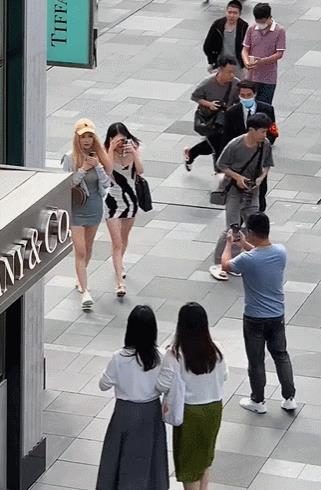
A man running in the street. (Photo/Weibo)
In 2019, due to the phenomenon of chasing and blocking shots in street shooting, it caused serious interference to pedestrians and made people feel uncomfortable that their privacy was violated. Taikooli, Chengdu, issued a public notice prohibiting street shooting, stating that "unauthorized photographing/shooting is prohibited" and setting up a sign to remind people to "raise awareness of prevention and protect personal portrait rights". At present, these warning signs are still there, but the ban is gone.
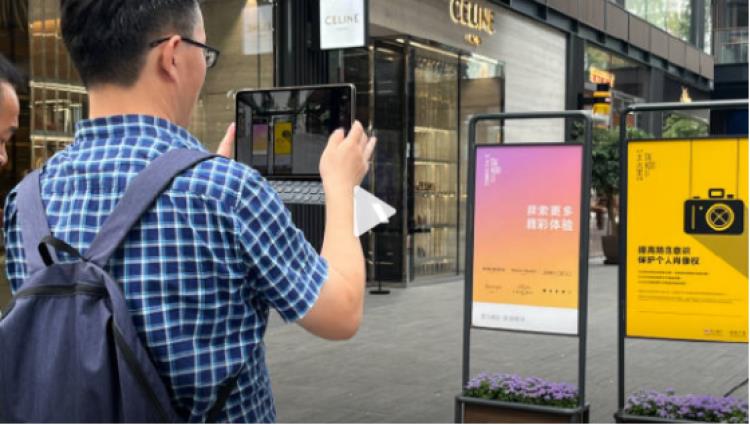
Warning signs in Taikooli business district in Chengdu. (Figure/Time Video)
In fact, the problem of invasion of privacy almost exists with the birth of street shooting. In fashion street shooting, in order to avoid the risk of privacy, the most reasonable way is to obtain the consent of the subject before shooting and inform the shooting purpose.
People generally have a high degree of acceptance for some recorded humanistic street beats.
In these humanistic street photography, recording the interaction between people and the environment is the key point. Joel Meyerowitz, an American street photographer, said when explaining street photography: "I am interested in the whole street environment, not a specific person." In Joel’s lens, people are integrated with their surroundings. The structure, light and shadow of the street environment and the people in it present the rhythm of a city.
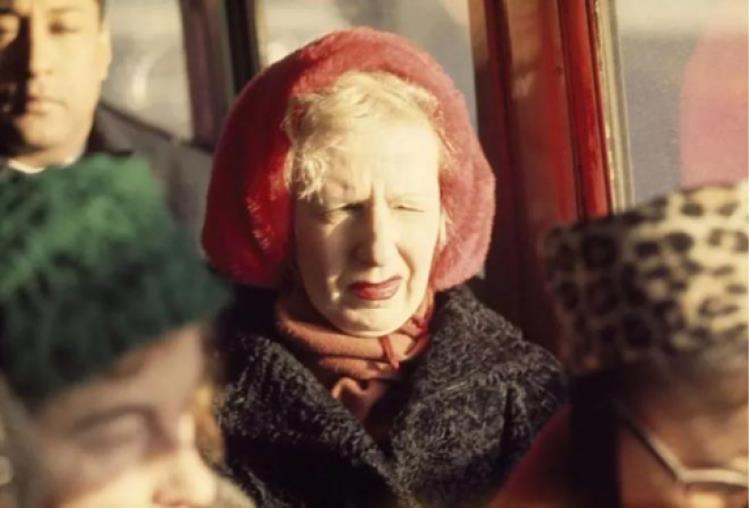
Joel Meyerowitz, an American street photographer, walks the streets of new york with a 35mm camera on his arm every day to capture passers-by. (Photo/photographer official website)
But in some photographers’ works today, the street remains unchanged, and they just want to shoot different faces and bodies. Street shooting has nothing to do with fashion and has lost its public value.
Sexual Gaze in Street Shooting
After the scandal was revealed, photographer Xiaomi deleted the video, but different versions of video clips are still popular online. The scandal has become a joke, the male client is invisible, and an inspection of the female client has just begun.
In many videos, the figure of the male party is directly cut off, leaving only the enlarged female body parts for the spectators to touch carefully. The comment area is full of comments on "genuine goods and good leadership taste", which proves the status quo that women are regarded as "appendages" under the gaze of men.
Susan Sontag wrote in On Photography, "Photography is not practiced by most people as art, it is a power tool." The behavior of street shooters aiming long guns and short guns at young women reflects the power difference between the sexes. The female body in front of the camera has become the carrier of men’s "possession" power.
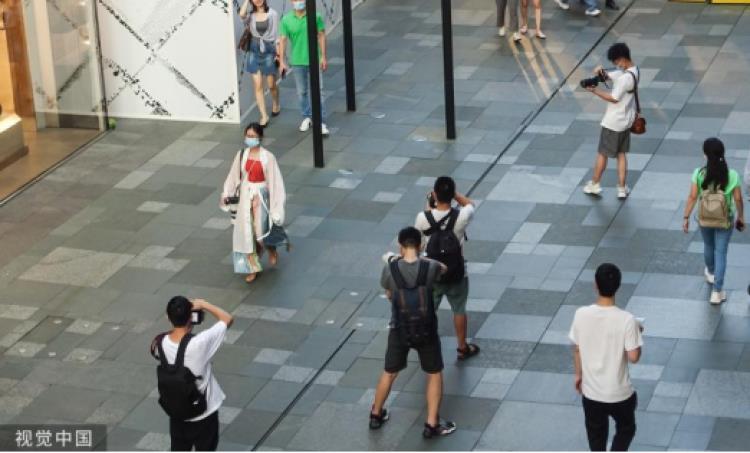
People with cameras are looking for "prey" everywhere. (Photo/vision china)
In some street shooting accounts featuring snapshot, photographers not only put the camera on it, but even ask passers-by to interact with it in a provocative tone.
Previously, a female star met a street shooter on the street, and the other party held a mobile phone while shooting and flirted: "Beauty, come and say hello to everyone." The female star was angry and uncooperative, leaving a string of swearing words, which also triggered the criticism of female stars by netizens.
In the face of girls’ anti-sneak shots, the most commonly used words of photographers and their supporters are: "Isn’t it for filming to dress so well?" Not cooperating with filming means that girls are not generous and rude. This means that the authority of male gaze construction is everywhere, while women don’t even have the right to say "no".
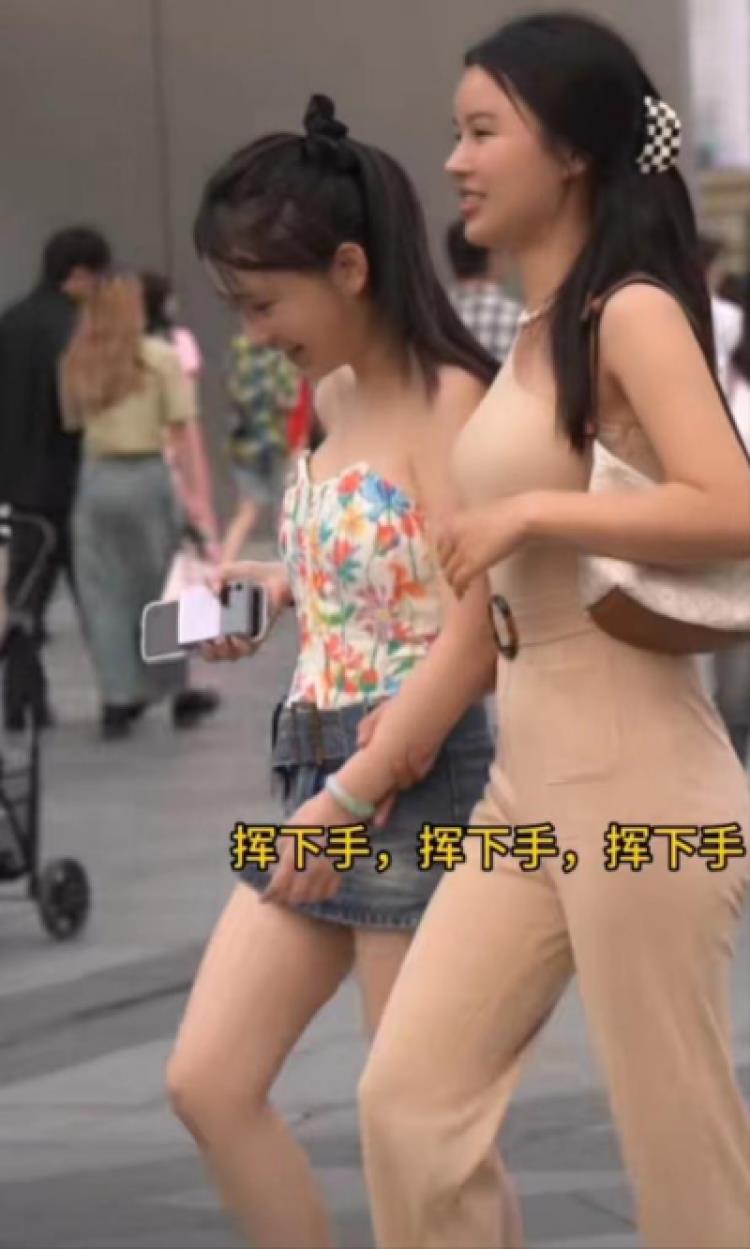
The chase scenes and frivolous orders are uncomfortable. (Figure/short video account)
A photographer who pretends to photograph each other’s "beauty" completely deprives the subjectivity of female beauty. In other words, this interpretation of women’s motivation to dress up completely ignores the possibility of women’s self-satisfaction. It seems that women’s dress and beauty must be confirmed by men and exposed to produce meaning.
Finally, under the guidance of male perspective, the chest, long legs, exposed parts, suspenders and short skirts become the focus of street photos. The material is full of sexual gaze from men, and the audience’s sexual fantasies are also met invisibly.
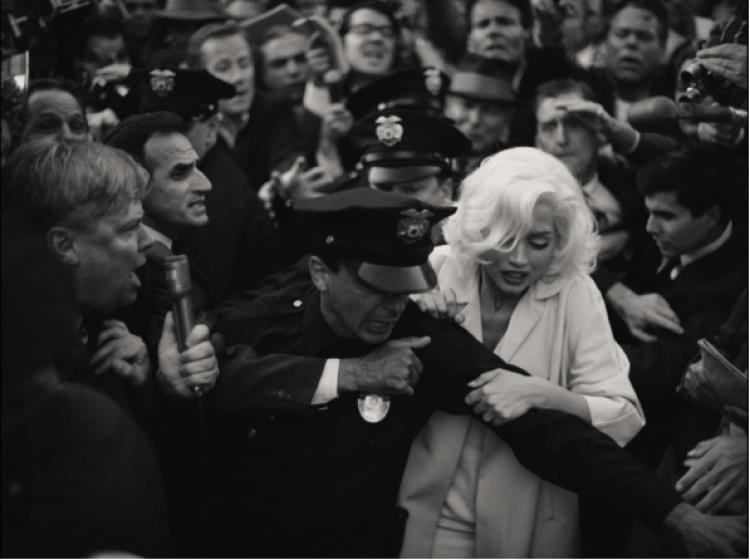
The invasiveness of the camera, coupled with male gaze. (Photo/"Blonde Monroe")
What is even more disturbing after this is the flow of these photos.
These photographers often use street shooting materials to run social accounts. On social networks or short video platforms, you can see a lot of street shooting content. In order to drain, they often use labels such as "long legs", "beautiful little sister" and "fair skin". On some street shooting websites, users want to watch the full version of the street shooting video and even need to pay to unlock it.
Many subjects discovered that they had been photographed when they saw their photos and videos online. In order to better protect the privacy of portrait rights, the provisions of the Civil Code, which came into effect on January 1, 2021, point out: "Without the consent of the portrait owner, the portrait owner may not use or disclose the portrait of the portrait owner by publishing, copying, distributing, renting or exhibiting."
In addition to explicitly expressing rejection when being photographed, this provision directly requires street photographers to obtain the consent of the photographed when using their own street photographs, and not to use the street photographs beyond the authorized scope afterwards, let alone illegally use them.
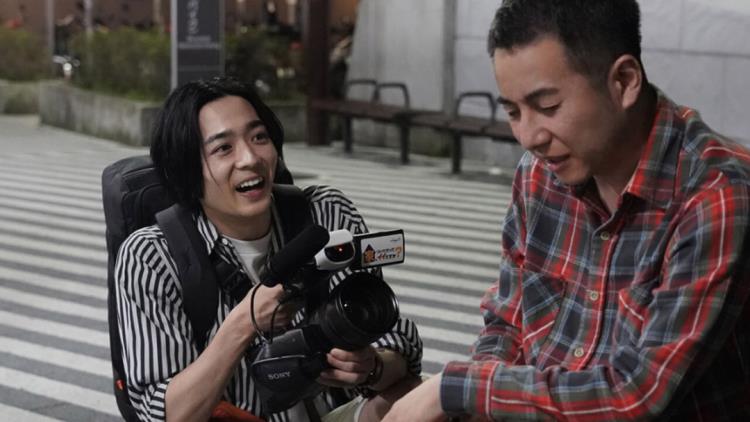
You must obtain the consent of the other party before shooting. (Photo/"Follow Your Home")
But this is still based on personal consciousness, and more importantly, the attitude of the platform to these street shooting behaviors-can more censorship links be set up on the level of protecting women’s privacy? And, can you improve the efficiency of feedback on complaints?
At present, many platforms have set up complaint portals that infringe privacy and portrait rights, but the complaint cycle is very long, and it often takes several working days or even longer to get feedback. This gives the photographer an opportunity.
Back to this incident, while the whole people applauded for "catching rape", we should also realize that the flood of street shooting has extended to people’s private lives, and it is difficult for ordinary people who have been infringed to delete photos or sue each other. Only by raising the illegal cost and reducing the difficulty of safeguarding rights can vulgar street shooting gradually disappear.
Proofreading: Yang Chao
Operation: hee hee
Typesetting: Zhong Yinglin